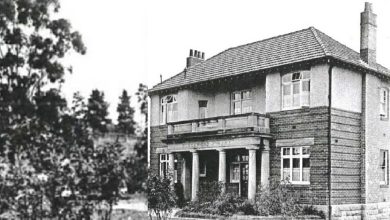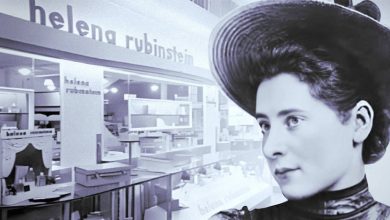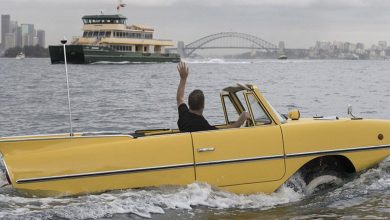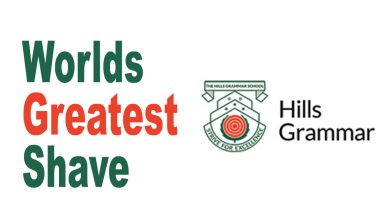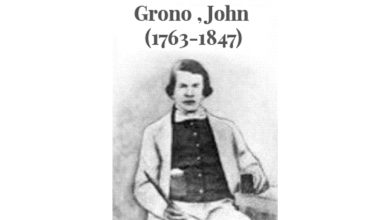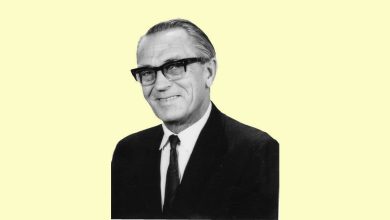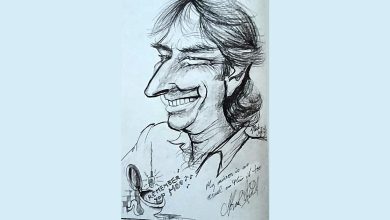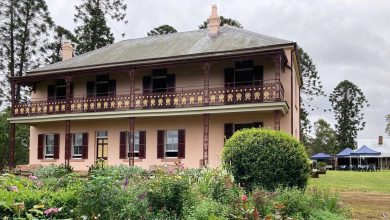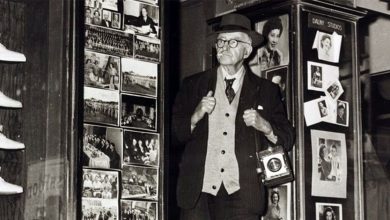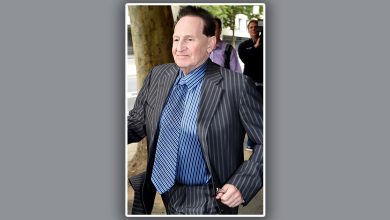“Populate or perish” was a call being made around Australia immediately after the cessation of hostilities at the end of World War 2.
Australia had lost a large number of service personnel in the battles of the war. The quick advance of Japanese forces to the doorstep of Australia in New Guinea and the looming independence of the densely populated former Dutch East Indies had made Australians acutely aware of the problems of having a sparsely populated country.
In the late 1940s Immigration minister, Arthur Calwell introduced a number of programs to increase the population of Australia. The country opened its doors to European refugees from the war torn countries of Europe; took in orphans from Orphanages in the UK; and introduced the assisted passage migration scheme for the so called “Ten Pound Poms” .
This massive influx of new settlers required that emergency housing be found to accommodate them. The orphans in many cases were sent to church-run farms and mission stations. But in the case of the European Refugees and “Ten Pound Poms” other accommodation was sought and many of the military camps that had been set up by the Army and Air Force etc around the country were converted to migrant camps. The accommodation was not provided freely as the migrants had to pay rent.
These camps were quite basic. Nissan huts or warehouses were used for accommodation. Communal dining, laundries, bathing and toilet facilities were provided. There was often one general store/post office on site in the camps. Migrants were not permitted to have cooking facilities in their huts (but many bought electric frypans and kettles etc and used them discreetly). Migrants were expected to find their own accommodation outside the hostel or migrant camp after a period of two years. Those who did not like the way the camps were run, or could not settle in the new country and decided to return to the UK before two years were expected to repay the Government the cost of travel to Australia.
Many migrants did not like the communal dining or the food that was being provided (if you pardon the pun, it was not to their tastes) .
The accommodation was often cramped. In our family, there were five of us with three small rooms to share. One for myself; one for my sisters; and my parents shared what was also our lounge room as their bedroom. The government had provided a “nite and day” divan which served as our lounge during the day and my parents bed at night. The huts which were not insulated were hot in summer and cold in winter. The residents had to provide their own cooling ( fans) and heating (often kerosene or electric heaters)
But for the children of the migrants, life was often an adventure. In the camp that I went to, the camp seemed to be in three or four separate sections. The kids in one section would often get together and form their own little group. There were also times when the kids in all sections would gang together in a common cause. Such a time was when the kids in the migrant camp would fight a territorial battle over the creek with the kids from what we called the “Aussie Camp” on the other side of the creek. The “Aussie Camp” was made up of families, mainly Australian who were awaiting placement in Housing Commission estates. The nearest analogy that I think would be like the “Surfies, Mods and Rockers” gangs of the 1960s. Just a lot of young blokes getting into scraps over nothing in particular.
In our particular camp there was a large hall which served as a gymnasium of sorts and where school holiday activities were held. All in all, for myself, I enjoyed my time in the migrant camp, but I know my mother in particular did not.
DON’T FORGET TO CONTRIBUTE YOUR MEMORIES AND ALSO ANY OLD PHOTOGRAPHS THAT YOU WOULD LIKE TO SEE PUBLISHED IN THIS MAGAZINE’S “AS WE WERE” SECTION.
NOW WHAT ABOUT YOUR MEMORIES OR YOUR STORY?
You can write about childhood memories of where you may have grown up or moving into the area. Tell us about your school days. Where you worked, played or went on holidays; your first car; that first date, getting married or maybe the history of your family, group or organisation in the district. This page is about memories so tell us yours.
If you have some great memories, or perhaps you belong to a local community organisation and would like to share your organisation’s history or story with us then feel free to share your memories or experiences by writing to 17 Rose St, Baulkham Hills, NSW, 2153 or email to ivorjones@ hillstohawkesbury.com.au.
You can also share memories on any of my Facebook memories groups including Hills District Memories at facebook.com/groups/ Hills.memories or Hawkesbury Happenings & Memories at facebook.com/groups/Hawkesmemories.

